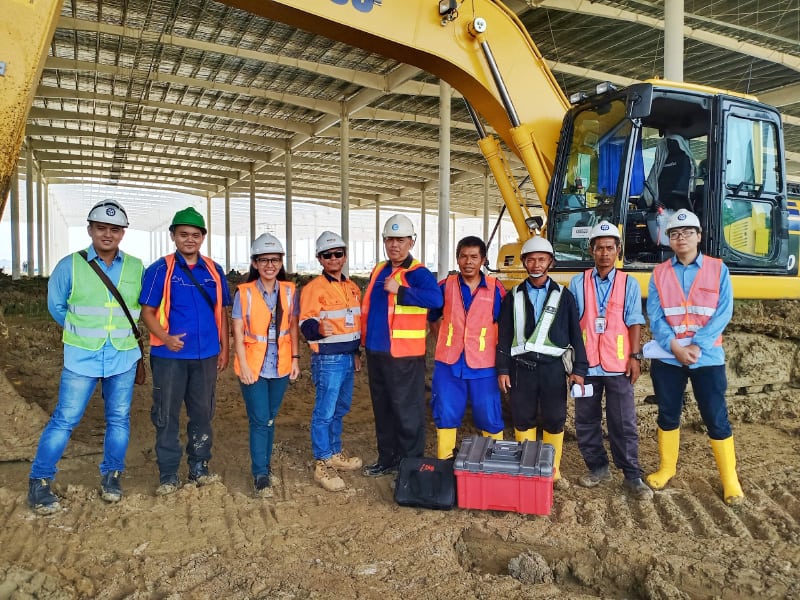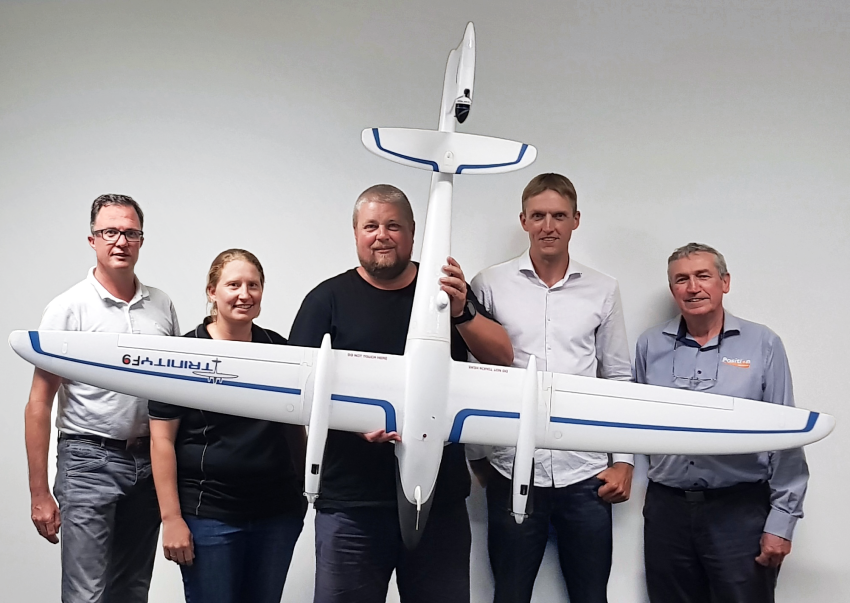
Indonesian building construction firm PT Multibrata Anugerah Utama (MAU) recently invested in positioning and machine control technology to increase productivity. The mid-size construction company is based in Bandung, West Java Province, Indonesia. It specialises in large commercial and industrial building projects. With a range of earthmoving machines including dozers, graders and excavators, MAU has worked with Aptella, the largest distributor of Topcon Positioning Systems technology in the Asia Pacific region. With an office in Jakarta, Aptella was well-suited to offer technical support, training and assistance to the MAU team as they learnt how to integrate technology into their business. “We have worked very closely with the MAU team, first to ensure we provided the best solution to meet their

Fyfe, a national consultancy, was interested in diversifying its RPAS fleet to advance its service capabilities even further for its clients and found that the Quantum Systems Trinity from Aptella offered optimum value for money. “A major project we have been working on the Mt Pleasant Mine for MACH Energy; a green fields mine site situated in the Hunter Valley,” said Chris Nixon, NSW Survey Manager, Fyfe. “This project has given us exposure to various surveying disciplines such as civil, rail, cadastral, engineering, drone, and mine monitoring, whilst also holding the statutory surveying role for the site.” Why did Fyfe choose the Quantum Systems Trinity? Mr Nixon and his team undertook extensive research to ensure Fyfe implemented the

Auckland’s Ferry Building is an historic landmark in the New Zealand city. In the 100 years since it was built, the sea wall supporting the structure was gradually eroded by constant sea movement and wash from ferries docking and leaving the port. Divers discovered a large three-metre scour at the base of the sea wall that needed to be repaired and stabilised to ensure the safety and longevity of the building and underlying structure. After closer inspection a number of additional holes in the seawall were discovered. To ensure there was no damage to the building during repair works, Auckland Transport enlisted the services of CKL – a local engineering and surveying firm – to monitor the structure.




